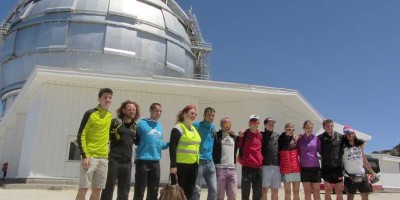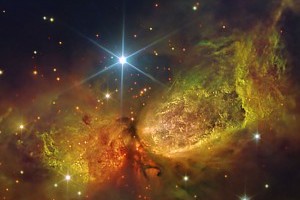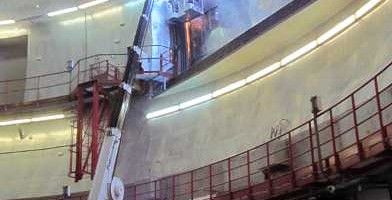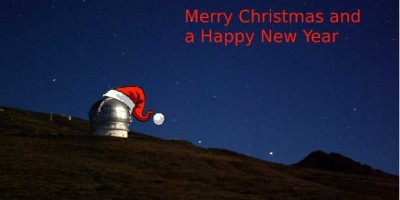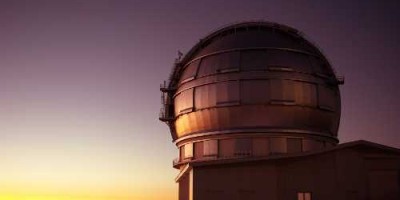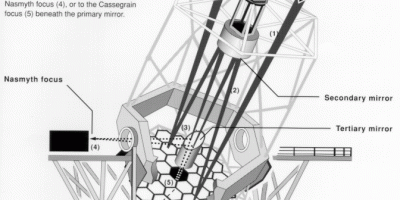Transvulcania runners visit the Observatory
Today 11 of the Transvulcania runners visited the observatory, together with about 20 journalists. Lucky me, I got the job of being their guide. So I showed them around GTC and the MAGIC. It felt a bit odd, because the runners were interested in the telescopes, but the photographers were largely interested in the runners. Well, it’s their job, obviously: they weren’t there for me or the telescopes. But at the end,…

